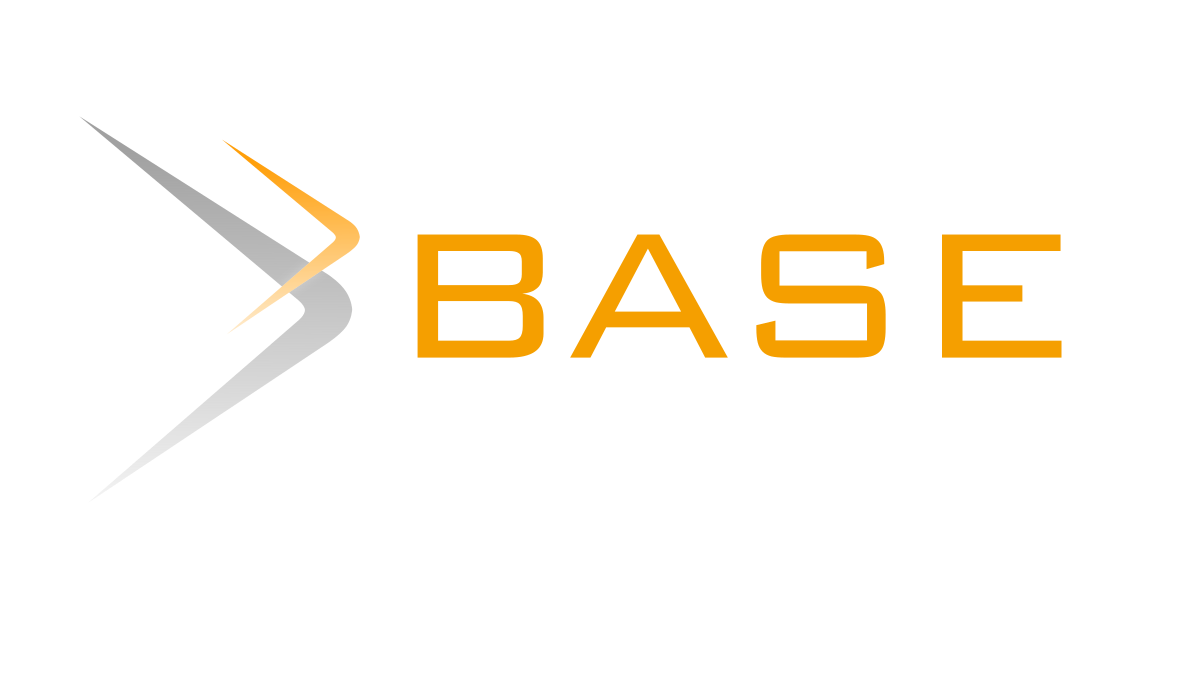Acceptability and Readiness of Fast-Food Personnel Toward Artificial Intelligence Financial Tools for Internal Control
DOI:
https://doi.org/10.69569/jip.2025.685Keywords:
Acceptability, Artificial intelligence financial tools, Fast-food personnel, Internal control, ReadinessAbstract
Despite the growing integration of artificial intelligence (AI) tools in financial operations, there is a limited understanding of how fast-food employees perceive and adapt to such technologies. This study aimed to assess the level of acceptability of artificial intelligence (AI) financial tools for internal control and their impact on the readiness of fast-food personnel, as well as the differences and relationships between acceptability and readiness. Using a quantitative-correlational research design, the study examined fast-food personnel through the Technology Acceptance Model (TAM) and Technology Readiness Index (TRI). Results revealed that both the willingness to adopt and readiness of the fast-food personnel were high, indicating a positive perception of AI financial tools. Moreover, no significant differences in acceptability were found when participants were grouped by age and job position; however, a considerable difference emerged when participants were grouped by sex in terms of ease of use, suggesting that males and females perceive AI financial tools differently. Regarding readiness, significant differences were observed in optimism and innovativeness when grouped according to sex, indicating that sex influences an individual’s level of preparedness. Lastly, a powerful and significant positive relationship was found between the respondents’ level of acceptability and readiness, implying that readiness and acceptability influence each other, suggesting that openness to AI tools and the capacity to engage with them are mutually reinforcing. These findings offer practical insights for organizational training programs and digital transformation strategies in the fast-food sector. The study recommends that owners and management provide proper formal training for personnel and identify key areas for improvement. Future research should also explore other factors that may affect acceptability and readiness.
Downloads
References
Albofera, Q. K. L., Digan, D. A., Torres, J. R., & Quezada, R. J. C. (2024). Technology acceptance among college students living in remote areas. American Journal of Multidisciplinary Research and Innovation, 3(4), 138–147. https://doi.org/10.54536/ajmri.v3i4.2898
Anand, A. (2022). What is a survey? Analytics steps. Retrieved from https://tinyurl.com/365xjy63
Bhandari, P. (2023). Correlational research | When & how to use. Scribbr. Retrieved from https://tinyurl.com/4sxtfxs8
Deloitte. (2024). New Deloitte survey on Gen AI adoption. Retrieved from https://tinyurl.com/mr2dchub
Domingo, M. A., Galeon, K. S., Pastor, D. A., & Toribio, J. B. (2022). University students’ levels of anxiety, readiness, and acceptance for e-learning during the COVID-19 pandemic. Social Sciences, Humanities and Education Journal (SHE Journal), 4(1), 73–86. Retrieved from https://tinyurl.com/32anp5fj
Ethan, H. (2023). The limitations of manual data processing: Overcoming human error and inefficiency | Insightvity. Insightvity. https://tinyurl.com/4w7se3y2
Gaganao, R. D., Discar, R. N., & Fabillar, I. N. L. (2022). E-learning readiness of teachers in the new normal education: The case of national high schools in Eastern Samar. International Journal of Evaluation and Research in Education (IJERE), 11(3), 1040. https://doi.org/10.11591/ijere.v11i3.22542
Gfrerer, A., Hutter, K., Füller, J., & Ströhle, T. (2020). Ready or not: Managers’ and employees’ different perceptions of digital readiness. California Management Review, 63(2), 23–48. https://doi.org/10.1177/0008125620977487
Golzar, J., Noor, S., & Tajik, O. (2022). Convenience sampling. International Journal of Education Language Studies, 1(2). https://doi.org/10.22034/ijels.2022.162981
Goswami, A., & Dutta, S. (2016). Gender differences in technology usage—A literature review. Open Journal of Business and Management, 04(01), 51–59. https://doi.org/10.4236/ojbm.2016.41006
Heale, R., & Twycross, A. (2015). Validity and reliability in quantitative studies. Evidence-Based Nursing, 18(3), 66–67. https://doi.org/10.1136/eb-2015-102129
Joseph, G. V., Thomas, K. A., & Nero, A. (2021). Impact of technology readiness and techno stress on teacher engagement in higher secondary schools. Digital Education Review, 40, 51–65. https://doi.org/10.1344/der.2021.40.51-65
Kaushik, M. K., & Agrawal, D. (2021). Influence of technology readiness in adoption of e-learning. International Journal of Educational Management, 35(2), 483–495. https://doi.org/10.1108/ijem-04-2020-0216
Latif, D. V., Arsalan, S., & Hussain, H. I. (2021). The effect of gender in the implementation of self-ordering machine in a fast food restaurant. Turkish Journal of Computer and Mathematics Education Vol. 12 No.11 (2021), 1392–1396. https://doi.org/10.17762/turcomat.v12i11.6051
Mordorintelligence. (2024). Philippines' foodservice market size. Market Research Company - Mordor IntelligenceTM. Retrieved from https://tinyurl.com/578wf8d5
Morris, M. G., Venkatesh, V., & Ackerman, P. L. (2005). Gender and age differences in employee decisions about new technology: An extension to the theory of planned behavior. IEEE Transactions on Engineering Management, 52(1), 69–84. https://doi.org/10.1109/TEM.2004.839967
Na, T.-K., Lee, S.-H., & Yang, J.-Y. (2021). Moderating effect of gender on the relationship between technology readiness index and consumers’ continuous use intention of self-service restaurant kiosks. Information, 12(7), 280. https://doi.org/10.3390/info12070280
PricewaterhouseCoopers. (2022). PwC’s global economic crime and fraud survey 2022. PwC. Retrieved from https://tinyurl.com/mr45ft3w
PricewaterhouseCoopers. (2024). Asia Pacific CEO Survey 2024_Territory snapshot (Philippines). PwC. Retrieved from https://tinyurl.com/k6zrpb5k
Quah, W. B., Che Abu Bakar, A. F., & Mohd Yusop, N. (2021). Determining the relationship between self-directed learning readiness and acceptance of E-learning among culinary students. Journal of Tourism, Hospitality & Culinary Arts, 13(1), 37–45. https://ir.uitm.edu.my/id/eprint/67502/
Rusli, N. M. B. R., Samah, R. S., & Kamaruddin, R. K. (2023). Technology readiness index of paddy farmers in MADA, KADA, and IADA BLS, Malaysia. Journal of Economics and Sustainability, 5(1), 27–42. https://doi.org/10.32890/jes2023.5.1.3
Singh, S. (2023). What is descriptive research? Definition, methods, types, and examples | Researcher. Life. Retrieved from https://tinyurl.com/4tv8ybnx
Sreekumar, D. (2023). What is quantitative research? Definition, methods, types, and examples | Researcher. Life. Retrieved from https://tinyurl.com/jhw4p93z
Su, Y.-S., Lai, C.-C., Wu, T.-K., & Lai, C.-F. (2022). The effects of applying an augmented reality English teaching system on students’ STEAM learning perceptions and technology acceptance. Frontiers in Psychology, 13, 996162. https://doi.org/10.3389/fpsyg.2022.996162
Taber, K. S. (2018). The use of Cronbach’s alpha when developing and reporting research instruments in science education. Research in Science Education, 48(6), 1273–1296. https://doi.org/10.1007/s11165-016-9602-2
Taherdoost, H. (2016). Validity and reliability of the research instrument; How to test the validation of a questionnaire/survey in a research. SSRN Electronic Journal. https://doi.org/10.2139/ssrn.3205040
Tarhini, A., Hone, K., & Liu, X. (2014). Measuring the moderating effect of gender and age on E-learning acceptance in England: A structural equation modeling approach for an extended technology acceptance model. Journal of Educational Computing Research, 51(2), 163–184. https://doi.org/10.2190/EC.51.2.b
Taylor, S., & Todd, P. (1995). Assessing its usage: The role of prior experience. MIS Quarterly, 19(4), 561. https://doi.org/10.2307/249633
Tsai, Y.-R. (2015). Applying the technology acceptance model (TAM) to explore the effects of a course management system (CMS)-assisted EFL writing instruction. CALICO Journal, 32(1), 153–171. https://doi.org/10.1558/calico.v32i1.25961
Ubah, A. E. (2023). Investigating the impact of artificial intelligence tools in finance. Retrieved from https://docs.neu.edu.tr/library/9618305364.pdf
Venkatesh, Morris, Davis, G., & Davis, F. (2003). User acceptance of information technology: Toward a unified view. MIS Quarterly, 27(3), 425. https://doi.org/10.2307/30036540
Venkatesh, V., & Morris, M. G. (2000). Why don’t men ever stop to ask for directions? Gender, social influence, and their role in technology acceptance and usage behavior. MIS Quarterly, 24(1), 115. https://doi.org/10.2307/3250981
Venkatesh, V., & Bala, H. (2008). Technology acceptance model 3 and a research agenda on interventions. Decision Sciences, 39(2), 273–315. https://doi.org/10.1111/j.1540-5915.2008.00192.x
Wang, Y., Wu, M., & Wang, H. (2009). Investigating the determinants of age and gender differences in the acceptance of mobile learning. British Journal of Educational Technology, 40(1), 92–118. https://doi.org/10.1111/j.1467-8535.2007.00809.x
Williams, K. (2024). What are questionnaires? Benefits, types, and examples. SurveySparrow. Retrieved October 3, 2024, from https://surveysparrow.com/blog/questionnaires/
Downloads
Published
How to Cite
Issue
Section
License
Copyright (c) 2025 Journal of Interdisciplinary Perspectives

This work is licensed under a Creative Commons Attribution-NonCommercial 4.0 International License.









